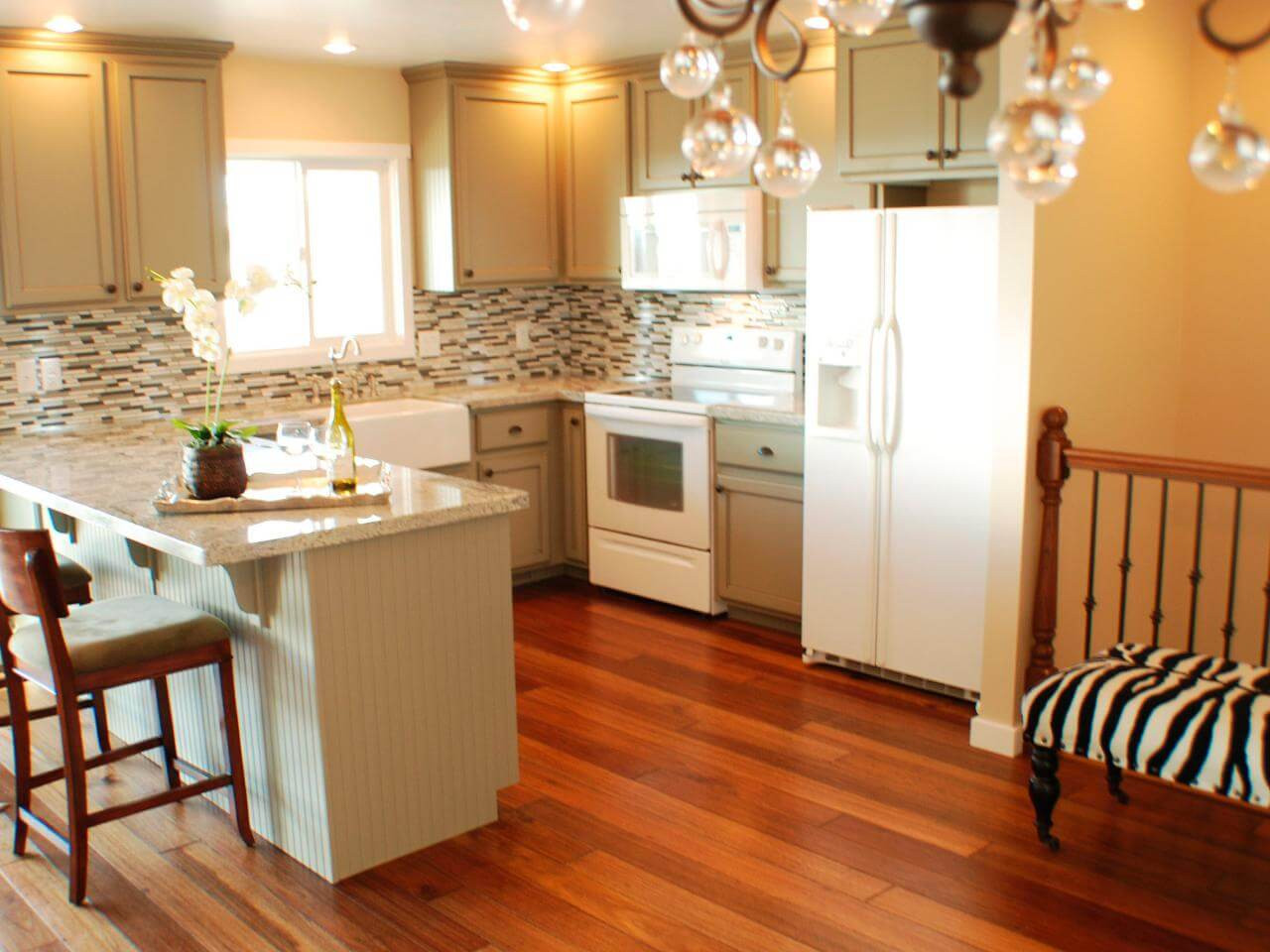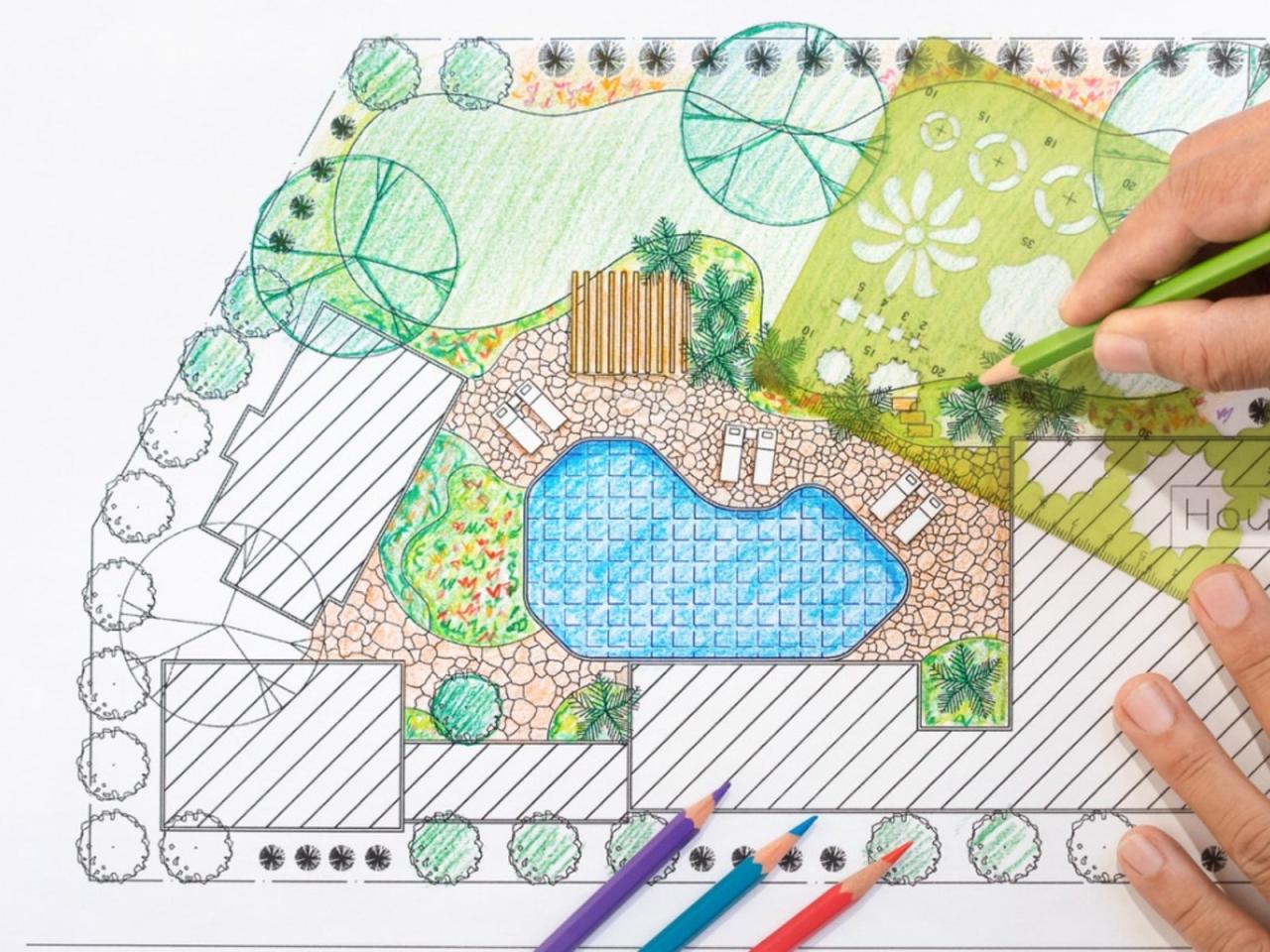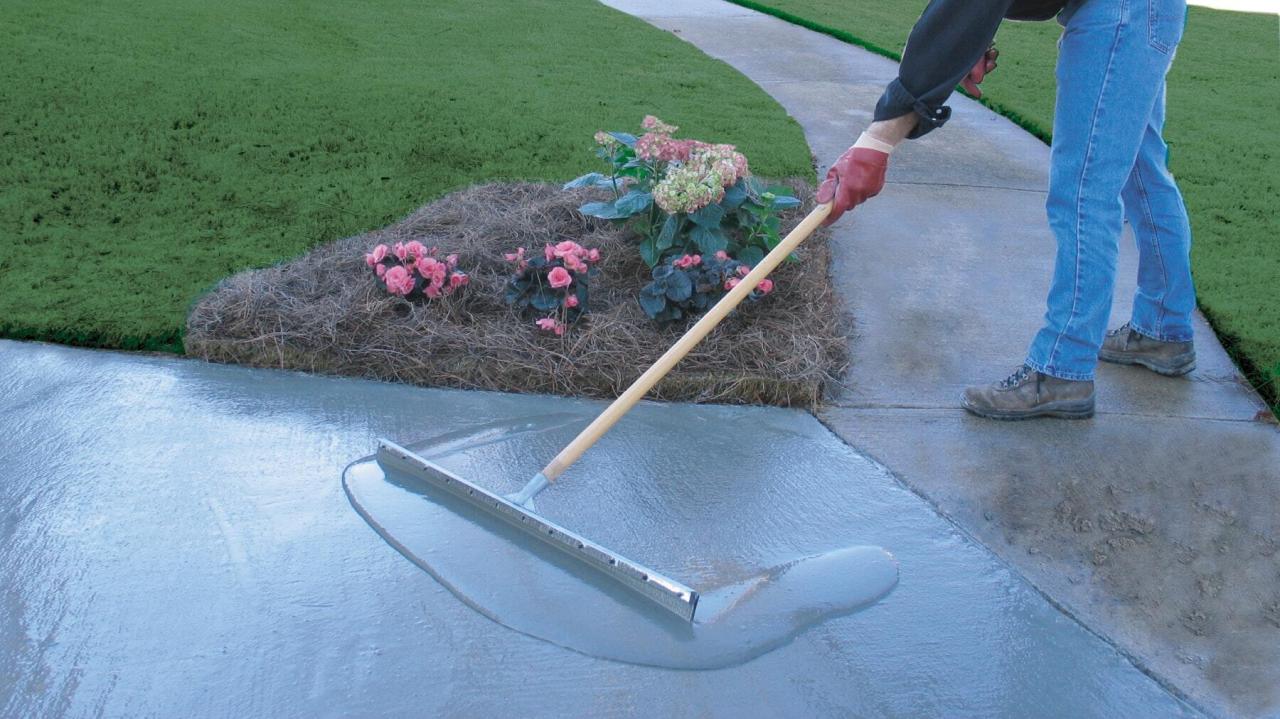Embarking on the journey of understanding Roofing and Siding Replacement Costs Explained, this article aims to shed light on the various aspects that influence the expenses involved in these home improvement projects. From materials to labor costs, we delve into the nitty-gritty details to equip you with valuable insights.
As we navigate through the intricacies of roofing and siding replacements, you'll gain a deeper understanding of the factors at play and how they impact your budget.
Understanding Roofing Replacement Costs
When it comes to replacing a roof, there are several factors that can influence the overall cost. From the type of materials used to the size of the roof, understanding these factors is essential in estimating the total expenses.
Factors Influencing Roofing Replacement Costs
- The size and pitch of the roof: A larger roof with a steeper pitch will require more materials and labor, leading to higher costs.
- Roofing materials: The type of roofing material chosen, such as asphalt shingles, metal, or tile, will impact the overall cost of the project.
- Roofing accessories: Additional components like underlayment, flashing, and ventilation systems can add to the total cost.
- Roofing company: The experience and reputation of the roofing contractor can also influence the cost of replacement.
Types of Roofing Materials and Costs
- Asphalt shingles: One of the most common and cost-effective roofing materials, with prices ranging from $100 to $200 per square.
- Metal roofing: Offers durability and longevity, but comes at a higher cost ranging from $200 to $600 per square.
- Tile roofing: Known for its aesthetic appeal and longevity, but also one of the most expensive options with prices starting at $600 per square.
Additional Costs in Roofing Replacement
- Roof deck repairs: If the underlying roof deck is damaged, repairs may be needed before installing the new roofing materials.
- Permit fees: Depending on your location, you may need to obtain permits for the roofing replacement project, adding to the overall cost.
- Disposal of old materials: Proper disposal of old roofing materials can also incur additional costs, especially for materials like asbestos.
Siding Replacement Costs Overview
When it comes to home improvement projects, replacing siding is a common upgrade that can enhance the appearance and functionality of your home. Understanding the costs involved in siding replacement is crucial for budgeting and planning purposes. Let's delve into the average costs of replacing siding on a home, comparing different siding materials, and discussing labor costs.
Average Costs of Replacing Siding
Replacing siding on a home can vary in cost depending on various factors such as the size of the home, the type of siding material chosen, and the complexity of the project. On average, homeowners can expect to pay between $6,000 to $15,000 for a full siding replacement.
This cost includes materials, labor, and any additional expenses that may arise during the project.
Comparison of Siding Materials
- Vinyl Siding:Vinyl siding is one of the most affordable options, ranging from $2 to $7 per square foot. It is low maintenance and comes in a variety of colors and styles.
- Wood Siding:Wood siding is a more expensive option, costing between $5 to $10 per square foot. It offers a natural, classic look but requires more maintenance to prevent rot and insect damage.
- Fiber Cement Siding:Fiber cement siding falls in the mid-range of costs, averaging between $5 to $12 per square foot. It is durable, fire-resistant, and low maintenance.
- Metal Siding:Metal siding can range from $5 to $15 per square foot. It is durable, weather-resistant, and offers a modern aesthetic.
Labor Costs for Siding Replacement
The labor costs for a siding replacement project can vary depending on the size of the home, the complexity of the project, and the contractor's rates. On average, homeowners can expect to pay between $40 to $70 per hour for labor.
Additional costs may arise for any necessary repairs, removal of old siding, and disposal of debris.
Factors Affecting Roofing and Siding Replacement Costs

When it comes to roofing and siding replacement costs, several factors can significantly impact the overall price of the project. Understanding these factors is essential for homeowners looking to budget for such renovations effectively.The size and complexity of a roof or siding project play a crucial role in determining the total replacement cost.
A larger roof or a more intricate siding design will require more materials and labor, leading to higher expenses. Additionally, factors like the pitch of the roof, the number of stories in the home, and the presence of chimneys or skylights can also contribute to the complexity of the project and affect costs.The location of the home is another key factor that can influence replacement costs.
Labor rates and material availability can vary significantly from one region to another, impacting the overall price of the project. For example, urban areas with higher living costs may have more expensive labor rates, while rural areas may have limited access to certain materials, leading to higher prices.Hiring a reputable contractor is crucial when it comes to roofing and siding replacement.
A skilled and experienced contractor will ensure that the project is done correctly, minimizing the risk of costly mistakes or delays. While reputable contractors may charge higher fees upfront, the quality of their work can ultimately save homeowners money in the long run by reducing the need for repairs or replacements.
Impact of Size and Complexity
- The larger and more complex a roof or siding project is, the higher the replacement costs will be.
- Factors like roof pitch, number of stories, and architectural details can increase the complexity of the project.
Location Influence on Costs
- Different regions have varying labor rates and material availability, affecting the overall cost of replacement.
- Urban areas may have higher living costs, leading to more expensive labor rates.
- Rural areas may face challenges in accessing certain materials, potentially raising prices.
Importance of Hiring a Reputable Contractor
- A reputable contractor can ensure that the project is done correctly, reducing the risk of costly mistakes.
- While reputable contractors may charge higher fees, their quality work can prevent the need for future repairs.
Cost-Saving Tips for Roofing and Siding Replacement
When it comes to replacing your roof and siding, there are several strategies homeowners can implement to save money on their project. Proper maintenance plays a significant role in extending the lifespan of your roof and siding, ultimately reducing replacement costs.
Additionally, exploring available financing options can help make the project more manageable financially.
Regular Maintenance and Inspections
Regular maintenance and inspections are key to extending the lifespan of your roof and siding. By keeping up with minor repairs and addressing issues promptly, you can prevent larger, more costly problems down the line. Conducting routine inspections can help you catch any issues early on and avoid the need for a full replacement.
Energy-Efficient Materials
Investing in energy-efficient roofing and siding materials can help you save money in the long run. These materials can help reduce energy costs by improving insulation and reducing heat transfer, ultimately lowering your utility bills. While the initial cost may be higher, the long-term savings make it a cost-effective choice.
Compare Multiple Quotes
Before committing to a roofing or siding replacement project, be sure to compare quotes from multiple contractors. This allows you to find the best price for the quality of work you are looking for. Remember to consider factors like experience, reputation, and warranties offered by each contractor.
Explore Financing Options
If the cost of a roof or siding replacement is a concern, explore financing options available to you. Some contractors offer financing plans or loans specifically for home improvement projects. Additionally, look into government incentives or rebates that may help offset the cost of upgrading to energy-efficient materials.
DIY vs. Professional Installation
While some aspects of roofing and siding replacement require professional expertise, there are tasks that homeowners can tackle themselves to cut costs. Consider handling simpler tasks like painting or minor repairs to save on labor costs. However, always consult with a professional for major installations to ensure the job is done correctly.
Last Point

Concluding our exploration of Roofing and Siding Replacement Costs Explained, it's evident that these upgrades are not just about aesthetics but also about long-term investment. By grasping the nuances of costs and factors involved, homeowners can make informed decisions to enhance their property's value and durability.
Frequently Asked Questions
What are some lesser-known factors that can influence roofing and siding replacement costs?
Factors like the slope of the roof, accessibility, and local building codes can impact costs significantly.
Is it necessary to hire a professional contractor for roofing and siding replacements?
While it's possible to DIY some aspects, hiring a reputable contractor ensures quality work and adherence to safety standards.
Are there eco-friendly options available for roofing and siding materials?
Yes, materials like recycled metal, cedar wood, and fiber cement offer sustainable choices for environmentally-conscious homeowners.




